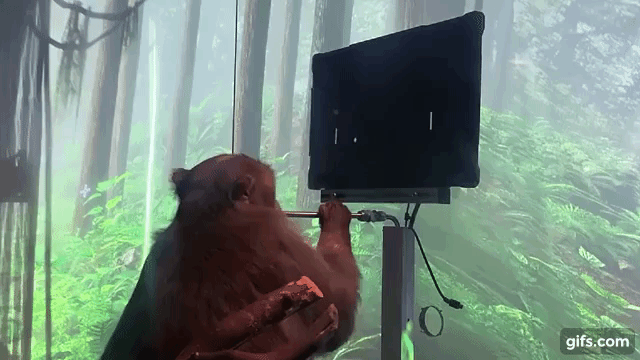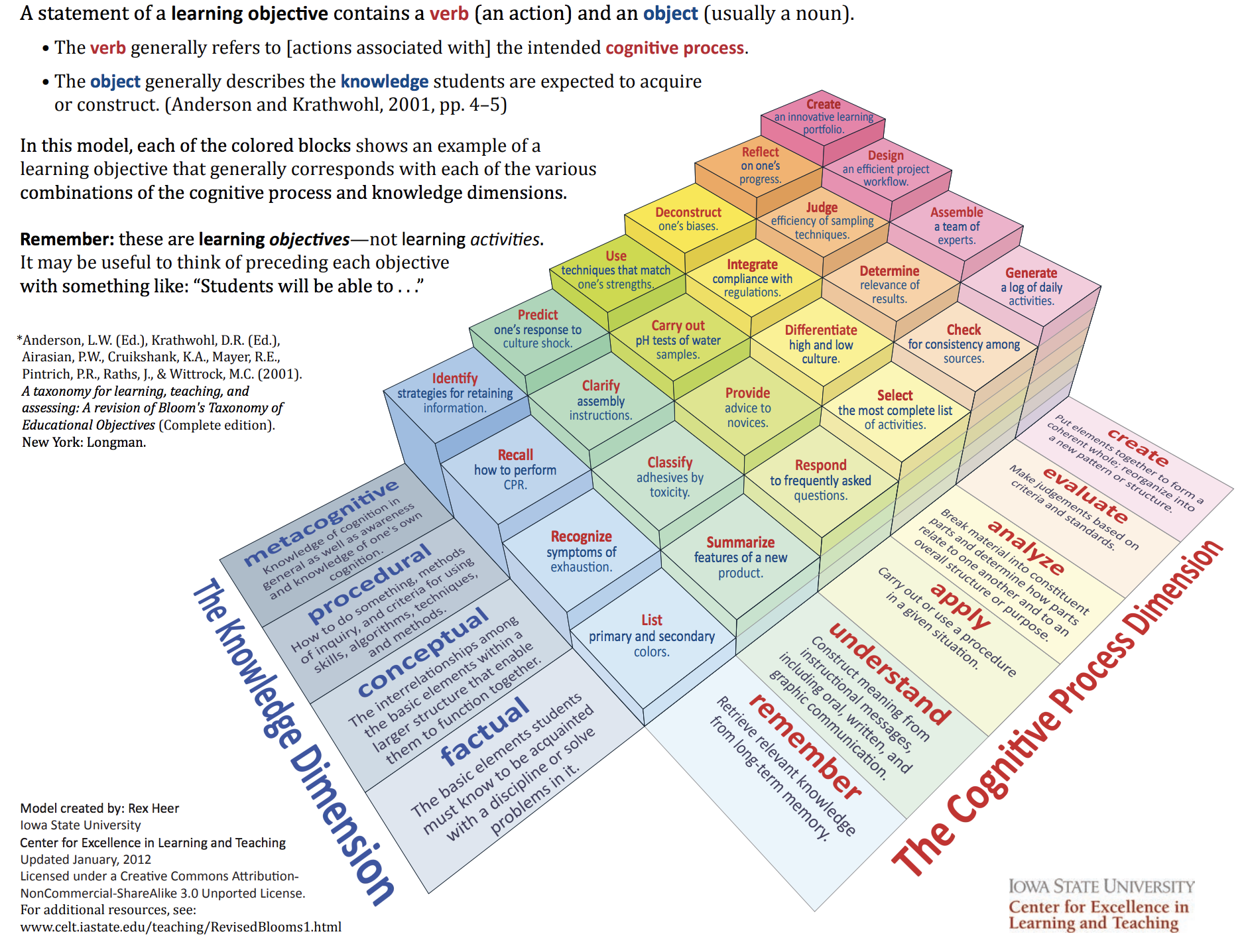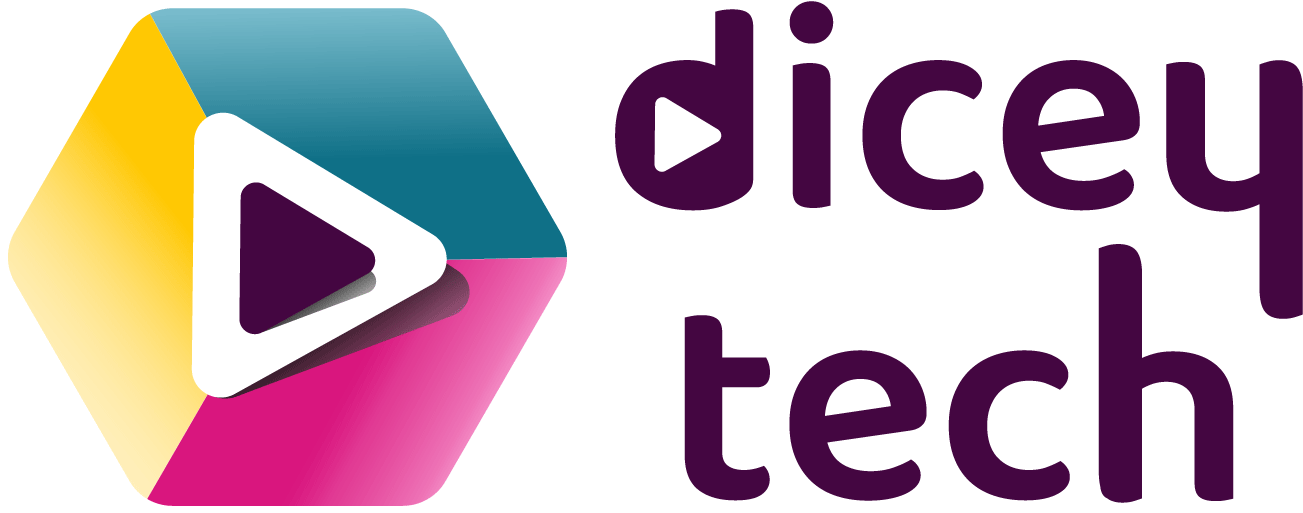Alex Alexandrescu & Hussein Janmohamed | 18 Aug 2020
How can we prepare the next generation to succeed in a future that is becoming increasingly dynamic, uncertain, and more difficult to predict?

[source: Boston Dynamics]
Making robots do backflips, editing genes using tools like CRISPR, reusing rockets, using drones in emergency response, infusing almost everything with artificial intelligence, 3D printing organs, and enabling monkeys to play pong only with their minds 🤯. The past 10 years have been wild and, considering the challenges the world is facing, this trend is likely to accelerate.

[source: Neuralink]
A major commonality between all of these breakthroughs is that they started off, and continued being developed, as projects.
Today, most work is organised into projects – discrete pieces of work, carried out individually or collaboratively, where resources (inputs) are planned to achieve a particular set of requirements (output). This way of organising work places increasing emphasis on critical thinking, collaboration, and communication.
It seems reasonable that education should be structured in a similar way. But how can projects be used as an effective means of teaching?
Project-based learning (PBL) is all about taking a more student-centred, project-based approach, enabling learners to work individually or collectively to tackle real-world problems that emphasize uncertainty, iterative thinking, and innovation.
According to Edutopia, studies comparing learning outcomes for students taught via project-based learning versus traditional instruction show that, when implemented well, project-based learning:
- Increases long-term retention of content
- Helps students perform as well as or better than traditional learners in assessments
- Improves problem-solving and collaboration skills
- Improves engagement and students’ attitudes toward learning”
Another study, based on 124 teachers using the PBL approach, reported strong improvements in “collaborative learning, disciplinary subject learning, iterative learning, and authentic learning, which, in turn, produced student engagement […] and enabled knowledge sharing and discussion.”
What if you designed a whistle to teach geometry? Or a drone to teach fluid dynamics?
What if you created a rock – paper – scissors game to teach variables, loops, and conditional statements in Python?
What if you built an amusement park to teach about forces and motion?
What if you designed a plant pot to teach the design thinking and the design cycle?
You get the point.
Empowering young learners to thrive in the future requires sparking their imagination with educational experiences that are fun, engaging, and motivational. Done correctly, PBL can contextualise the curriculum knowledge, highlight cross-curricular links, deepen subject knowledge, and provide careers insights. From our experience, successful implementation of PBL hinges on 3 key factors:
- Project Planning
- Teaching Strategies
- Model Projects
Project Planning
Planning projects is critical to ensuring that they are delivered in a way that allows for meaningful progression, engagement, and impact for students.
Designing the elements of a project is a key first step. Although projects are likely to differ between classrooms, from our experience and research ([1], [2]), a quality project takes into account a few key elements:
- Project Brief – This can be as simple as a question or a deeper, more challenging problem that can simulate a real world scenario such as a client in need of a specific product. The best project briefs are authentic, reflecting real-world challenges, tools, and standards. This may be a great opportunity to solve a real challenge that exists in the school or local community.
- Success Criteria – Clear milestones for students to easily understand how different levels of quality look like.
- Inquiry – A process for students to ideate and ask questions as well as find and test answers. The design thinking process is an excellent way of structuring the project learning journey.
- Application – Opportunities for students to apply their learning sequentially and cumulatively throughout the project, starting small and building up to a greater whole.
- Autonomy – Allowing students to make individual or collective decisions with regards to the exact specifications of their final output, including how these are achieved and communicated.
- Reflection & Feedback – Creating opportunities for learners to reflect on the quality of their work as well as the work of their peers, identifying strengths, weaknesses, and potential strategies to improve.
- Public Presentation – Showcasing student work beyond the classroom to give learners a sense of achievement and an opportunity to engage with the wider community.
All of these elements need to be aligned to the Learning Objective and Learning Outcomes, which specify what knowledge and skills (and at what cognitive levels) students are aiming for. We use Bloom’s Taxonomy to conceptualise and create these.

In addition to the project itself, you might want to consider a few other questions:
- Specific subject
- How much of the curriculum specifications can this project deliver?
- Does the project need to be split up and delivered at different points throughout the term / year?
- Wider curriculum
- Does the project address a narrow aspect of the curriculum or does it combine multiple areas?
- How does it link with other subjects?
- When can it be delivered to ensure a coherent learning journey for students?
- Logistics
- How much time is required?
- What resources are needed?
- Costs
- What are the obvious and non-obvious costs?
- Can these costs be covered by pooling budgets with other departments?
- What resources does the school already have that can be used?
- Evidence
- How can I evidence success and communicate it with parents, school staff, inspectors, and other stakeholders?
- At what points can evidence be gathered?
- Can this be integrated within the student assessment?
Teaching Strategies
Once you have a plan and structure in place, the next question is how to best deliver the project. Some key considerations here are:
1. Set Norms and Expectations
From a learning perspective, the expectations can be supported by the project success criteria. From a delivery perspective, norms and expectations set out the classroom standards for work ethic, communication, and collaboration.
Behaviours and norms will change over time, so it is important to be intentional. Good practice is to enable students to set the norms themselves to create ownership and accountability from the very beginning of a project.
Some key considerations are: frequency of communication, process for dealing with problems, time-keeping, decision making, and place to centrally collate work files and documentation, like Google Docs or Microsoft Teams.
2. Identify Knowledge Gaps
Once the project brief is set and the requirements / specifications are clear, it is important for students to reflect on prior knowledge related to the project and identify key questions and gaps needed to be answered in order to complete the project. These questions are used to guide the learning journey and track student progress.
Best practice is to collate the student generated questions into a public document (something like Google Docs or Microsoft Teams / OneNote, or even sticky notes) that will evolve throughout the project. For completeness, the document can be structured into:
- What is known?
- What is unknown?
- What are the next steps?
3. Assign Roles that Reflect Real Careers
Assigning roles is a great way to provide insights into potential careers and nurture self-driven learners. Contextualising project work with real industry links drives motivation, engagement, ownership, and supports the development of self-management skills – all of which are increasingly valuable in the world of work.
Depending on the specifics of the project, you might assign roles like: project manager, research manager, software developer, mechanical engineer, creative director, UX/UI designer, etc. The norms previously discussed should also indicate how different students work together to manage dependencies between their work and combine their outputs.
4. Journal the Learning
Engineers call it an engineering notebook. Designers call it a design notebook. Project managers call it… a notebook.
Regardless of how you call it, taking formal notes and documenting the process of working through a project is incredibly useful and highly recommended to help students organise their thoughts and stay on track. This can be physical or digital and it should document each step of the process in terms of:
- Questions (answered)
- Resources found
- Key learning
- Remaining questions
- Time spent
This also supports effective reflection, helping students recognise the knowledge and skills gained, as well as the time spent doing so. This fosters self-awareness and time-management, both of which will pay significant dividends in their educational and professional careers.
5. Constructive Feedback
It is important for students to analyse the work of others, whether in their own team or outside of it, to ask questions, and to suggest opportunities for improvement. The benefits include improving analytical skills, communication, empathy, and self-awareness (as students will naturally tend to compare the work of others to their own).
Techniques for implementing will vary based on the types of projects and team sizes:
- Students from different teams can be paired up based on their role, and take turns in presenting their work and answering who/what/why/how-type questions.
- Another approach is a gallery-type process, where project artifacts are displayed (physically or digitally) and students rotate every few minutes, leave notes (through comments or sticky notes). A choice can also be made whether or not the feedback is anonymous.
- Students can also make suggestions for a completely different feedback process.
To maximise the chances of quality and useful feedback, it is important to set the right norms and expectations of what constitutes high quality feedback – e.g. being specific, actionable, and measurable.
6. Industry Engagement
Due to a growing skills gap in industry, more companies are realising the need to engage with schools and inspire young minds to pursue careers in their sector. Often, they will have volunteering programmes and even key engagement targets at a strategic level.
Working with industry volunteers can reduce teacher workload and improve student engagement . These professionals can contextualise projects and add an inspirational dimension through positive role-models.
Specifically, industry volunteers may come in person or login virtually to help with various parts of the project, such as introducing or setting project briefs, mentoring, giving feedback, and judging final presentations or pitches.
A great place to start is by speaking with your school’s careers leader, who might already have some links with local employers. Or you can ask students if any of their parents might be interested in volunteering.
If not, local companies and the relevant decision makers are relatively easy to find through platforms like LinkedIn. Another fantastic platform is STEM Learning (in the UK), through which you can create an event, describe your project in depth, and put out a call for STEM Ambassadors.
Model Projects
Despite the significant upside, there are two important challenges to implementing PBL:
- Difficulty and time required to design PBL. Getting things off the ground can take a sizeable investment of time and effort. The process of generating project ideas, creating curriculum-aligned learning resources, testing, and iterating with a range of students and ability levels can be daunting, even for teachers with prior experience.
- Training and professional development required for teachers to migrate from a more teacher-led content delivery to a project-focused content delivery.
Thankfully, model projects serve as an ideal starting point. They provide a blueprint and ready-made resources that have been tried and tested with a range of students to ensure engaging and effective learning experiences.
High quality model projects will also include explicit differentiation, with success criteria and scaffolding for students of different ability levels, as well as instructions and delivery plans to guide teachers.
One of our partner schools in Lancashire has been delivering our Autonomous Vehicle project as part of their Engineering Design curriculum. They used our learning platform to guide student experiences, both remotely and in the classroom, minimising teacher workload and disruption through lockdowns.

Using the model project as a starting point, students had the flexibility to recreate, modify, and re-design aspects of the project, according to their ability levels.
What we found was that, as higher ability students created new projects, like new wheels and chassis designs (and even autonomous skateboards!), this inspired and motivated their peers to push their own limits and set higher goals for themselves.
How We Can Help
We have spent the past few years developing, testing, and fine-tuning our craft. Our model projects are designed to be implemented in classrooms and STEM clubs straight ‘out-of-the-box’.
Delivered through our digital platform, they feature guided learning experiences for students, which can be followed in the classroom or at home. For teachers, projects feature curriculum links, delivery plans, ready-made code, design files, and all other resources – saving time that can be used to coach and support student learning.
Each project starts with an authentic project brief and guides students through the process of understanding the project requirements, creating a list of specifications, identifying knowledge gaps, acquiring new knowledge, and applying it in a sequenced and structured way to achieve a final outcome.
Differentiation is also embedded in each project, as students start by replicating a project, then investigate and create modifications, and ultimately use their new skills to create new solutions to their project briefs.
Where applicable, different strands of work (i.e. coding, 3D design, research, etc) are grouped into separate sections, enabling students to assume different roles and gain insights into careers.
And, most recently, through partnerships with industry leaders like Jacobs Engineering, Avanti West Coast, Network Rail, Alstom, and more, we can support effortless outreach and scheduling of industry volunteers to drop in and support project delivery – for free!
I hope this article is useful and I would love to hear your thoughts if you have or are about to start delivering projects in your school.
Just drop me an email 👇
a.alex [at] diceytech.co.uk.
